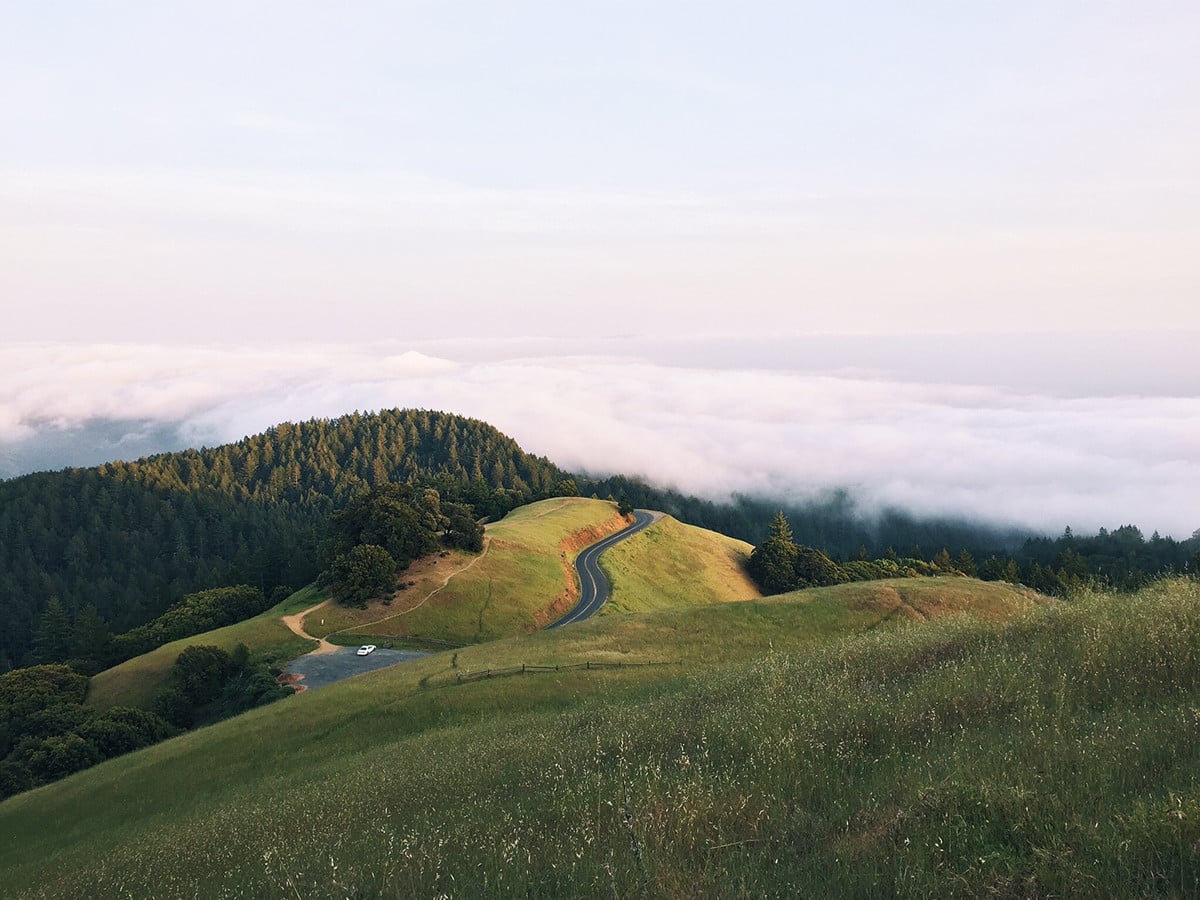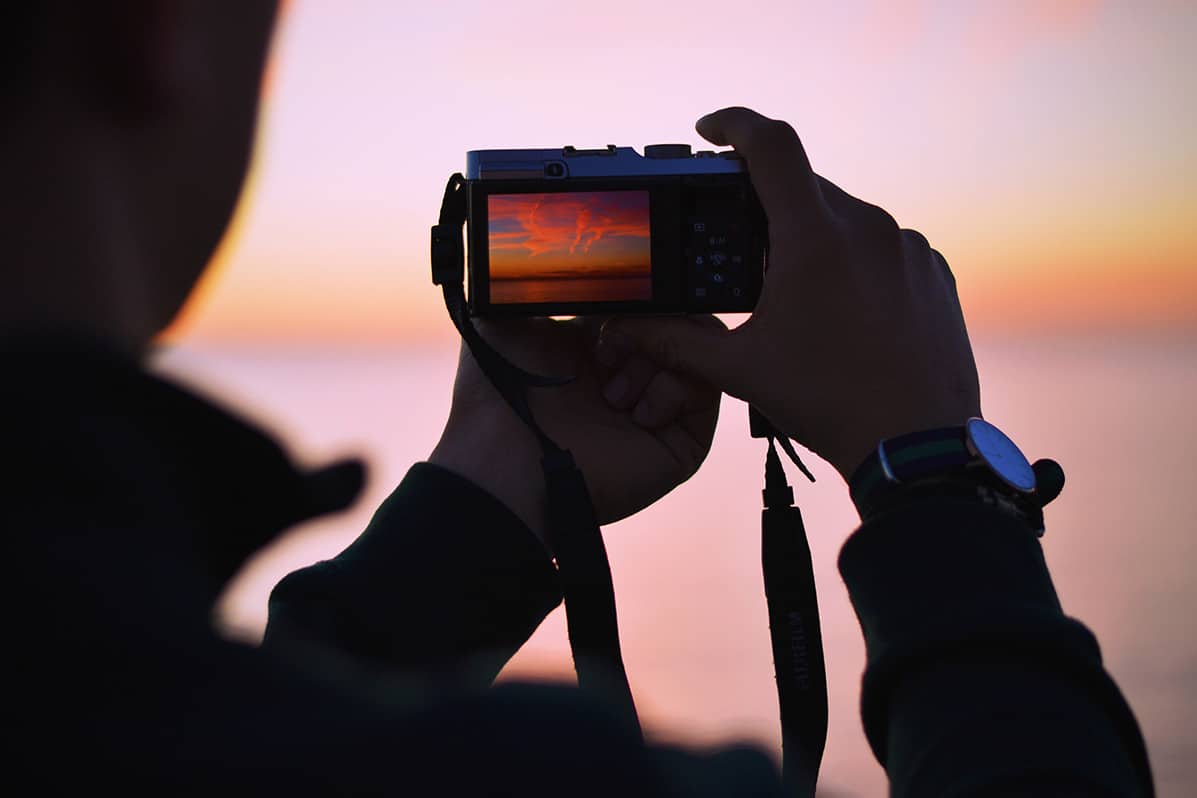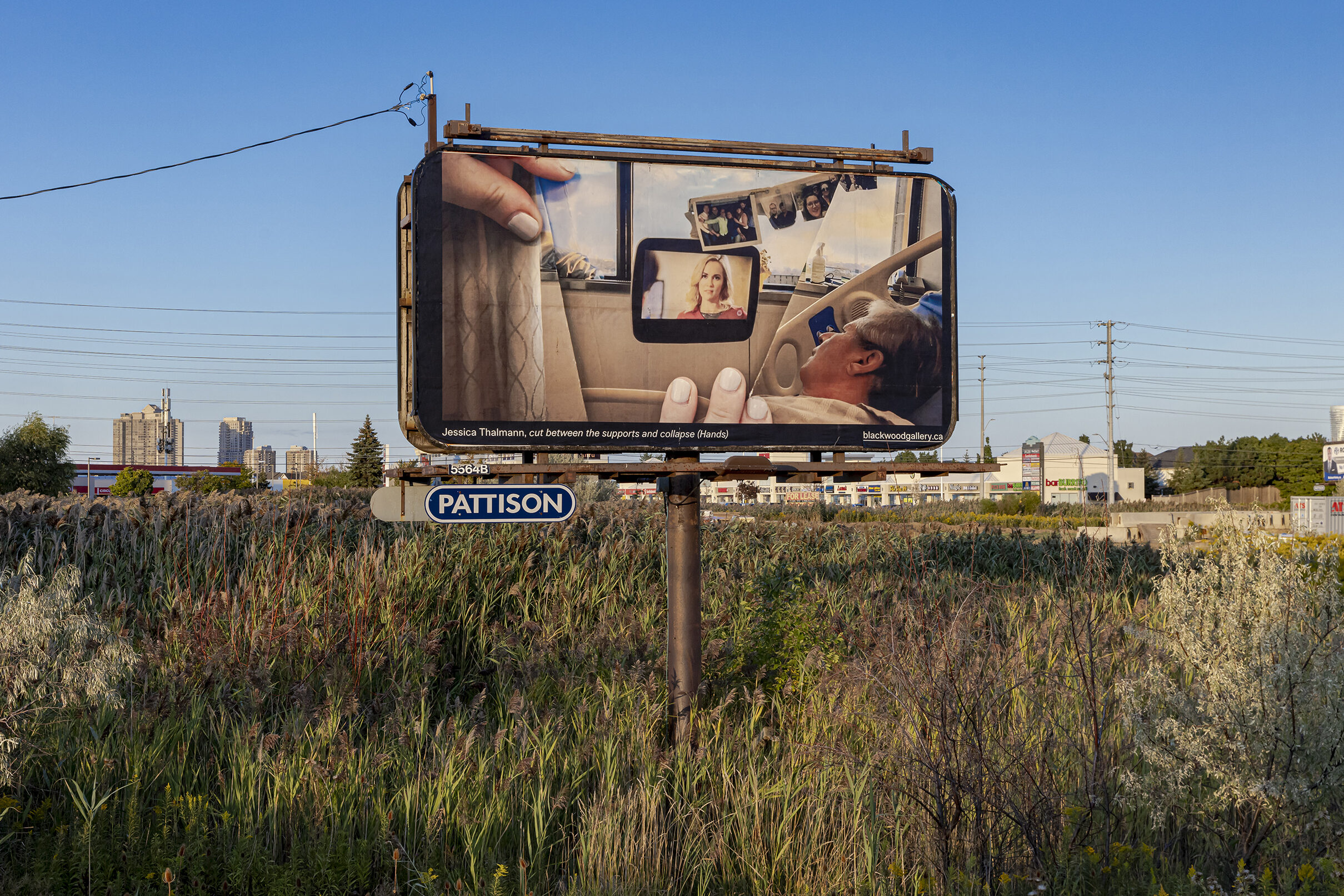When you’re learning how to do anything, you’re bound to make mistakes along the way, and digital photography is no exception. Luckily, those of us who have spent years learning the ropes of shooting digital already know there are some common mistakes beginner photographers often make that can be easily avoided with a bit of prior knowledge.
Here are eight of the most common technical mistakes beginner photographers make, from image blur to overlooked composition, and some advice on how to avoid them.

1. The Missed Focus
If you’re using autofocus and letting the camera choose your focus points, it’s highly likely you will focus on the wrong part of your image frame from time to time, especially when using a shallow depth of field. This is something that’s either impossible or difficult to fix after the fact, so it’s important to nail your focus in the field. A simple way to make sure you get accurate focusing is to use your camera’s spot autofocus mode to choose your focus point. When focusing for people and portraits, make sure your focus point is on the subject’s eyes.
Pro tip: Use your back button focus to lock on.

2. The Shaky Frame
If your photos are turning out blurry or slightly unsharp and you’re not sure why, it’s probably because you are using too slow of a shutter speed. When your shutter speed is too slow, the shaking of your camera can reduce the sharpness of your image. A rule of thumb to help avoid this is to use a shutter speed that is at least equivalent to the focal length of the lens you’re using.
For example, if you’re using a 50mm prime lens on a full frame camera, the slowest shutter speed you can use without shake is 1/50 of a second. This becomes 1/85 of a second on an APS-C (crop) sensor camera, as the effective focal length of the lens is multiplied by 0.5. If you’re using a zoom lens, you’ll need to pay attention to the focal length you’re using as you zoom in and out.
Pro tip: If your lens or camera has image stabilization, you can shoot at three to five stops slower and still get a sharp image.

3. The Buried or Blown Exposure
While shooting in RAW gives you a lot of latitude to adjust your exposure in post-processing, there are definitely limits on what you can do. If your exposure is too dark, the shadows will be grainy and discolored when you bring them up in processing. If your exposure is too bright, your highlights will be blown out and the detail won’t be recoverable when processing. If you have a scene with a high dynamic range, including very bright highlights and dark shadows, a general rule of thumb is to underexpose slightly to preserve details in the highlights, while not obliterating the shadows, and then brightening the shadows in post processing.
Pro tip: Use your camera’s spot metering function to meter different parts of your frame.

4. The Awkward Pose
As most people you will be working with likely won’t be professional models, they probably won’t feel all that comfortable posing. And while it’s great to find poses online and try them, people will probably feel awkward just being told how to stand, which will come through in your photos. Your best bet is to use the poses as basic guidelines and then focus on putting your subjects at ease by engaging them with eye contact and friendly banter, while encouraging them to have fun and be themselves.
Pro tip: Use a tripod to compose your image, then you can make eye contact and freely talk with your subjects.

5. The Tree Growing From Heads
An easy way to ruin a good portrait is to have a vertical object such as a tree or telephone pole sticking straight up out of your subject’s head. While you will very likely be focusing most of your attention on your subject’s pose and appearance, it’s key to also pay attention to the background, and make sure there are no distracting elements growing out of or cutting through your subject, even if they are very out of focus.
Pro tip: Do a quick visual scan of your entire image frame in the viewfinder to look for distracting objects that are poking in.

6. The Confusing Composition
Figuring out how to arrange the elements in your camera’s frame can take some time. When you don’t know what you’re doing, it’s easy to create a dog’s breakfast composition that will cause the viewer to become completely lost and confused when looking at your photo. Luckily, there are some very simple guidelines that can help you manage and arrange elements in your frame based on human perception, such as the rule of thirds.
Pro tip: You can often crop portraits to the rule of thirds using your grid overlay in processing.

7. The Overzealous Processor
When you’re first learning to do post processing on images, it can be easy to get so excited that you overdo it. One common mistake beginners often make when processing is adding too much saturation and sharpening to images, which results in photos that look overdone and totally unrealistic. Another beginner processing error is extreme HDR processing, which robs images of their shadows and highlights, making them look at best unreal or at worst just horrible.
Pro tip: Use your histogram to make sure you have a black point and white point.

8. The File Backup Fail
One of the dangers of digital photography is the potential for technology to fail, and this includes the hard drive on which you store your image files. If you only have one copy of your image files stored, and the drive where they are stored fails, there go all your image files. That could lead to a lot of disappointment for both you and your clients. So be sure to have a second copy of your images stored somewhere, on an external hard drive or cloud storage service.
Pro tip: Cloud storage and external hard drives are becoming increasingly affordable, so why not keep two backups just for peace of mind?













